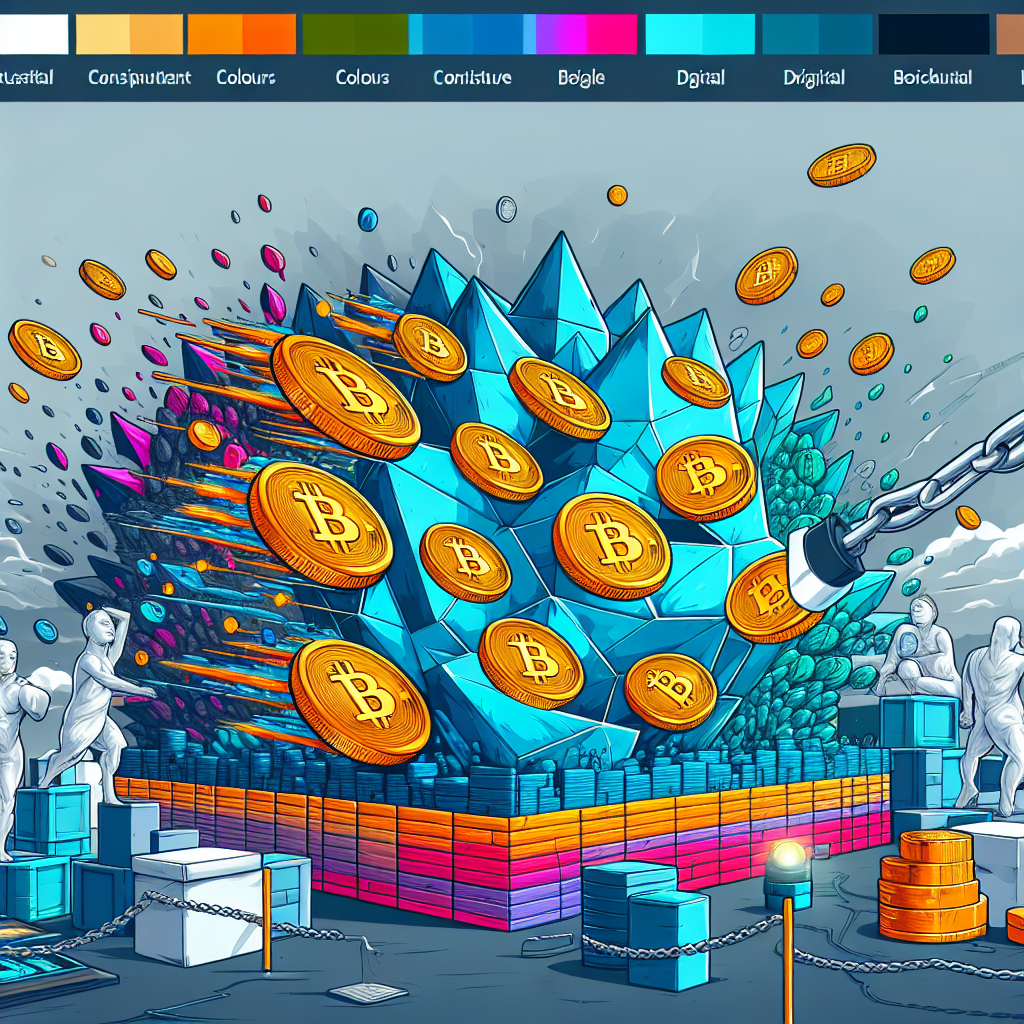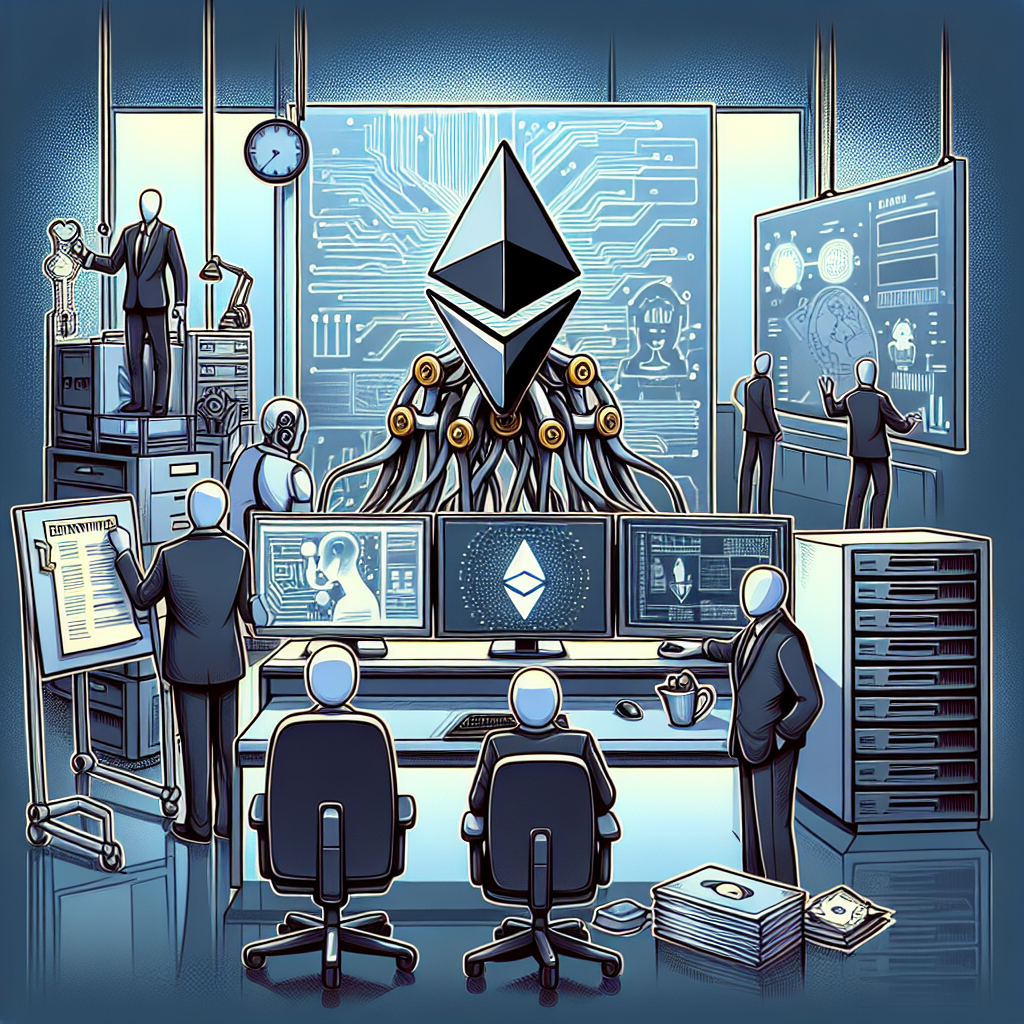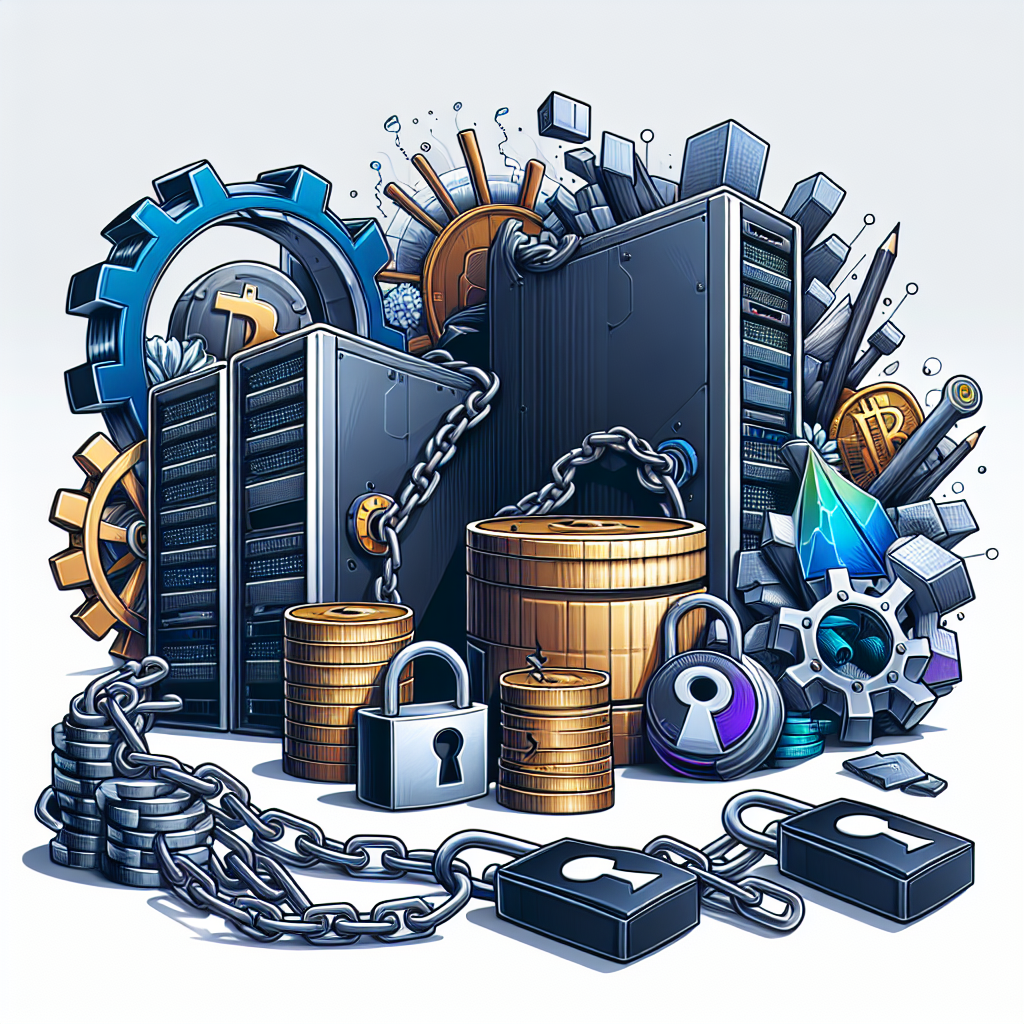Blockchain technology is a revolutionary approach to data management that is changing the rules of the game in finance and business. At CoinReporter.net, we strive to provide you with the most up-to-date and accurate news on blockchain technology, so you are always aware of the latest trends and innovations. In the Blockchain category, you will find analytical articles, interviews with leading experts, reports on new projects and startups, as well as reviews of the latest developments in this field.
We cover a wide range of topics, including smart contracts, decentralized applications (DApps), distributed ledger technologies (DLT), and much more. Our materials will help you understand how blockchain is transforming various industries, from finance and healthcare to logistics and government administration. We also analyze regulatory changes and their impact on the market, which is especially important for investors and entrepreneurs.
At CoinReporter.net, our mission is to help you stay informed and make well-founded financial and investment decisions. Whether you are an experienced professional or just starting to get acquainted with blockchain technology, our Blockchain category will provide you with all the necessary resources to successfully navigate this dynamically evolving world. Join our community and stay one step ahead with CoinReporter.net.















